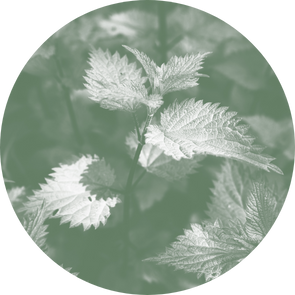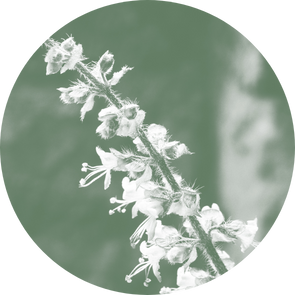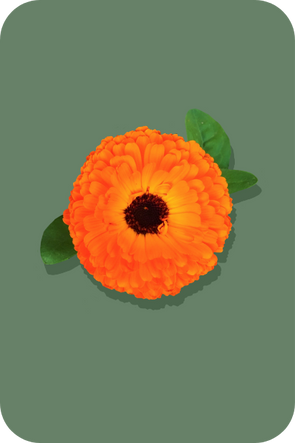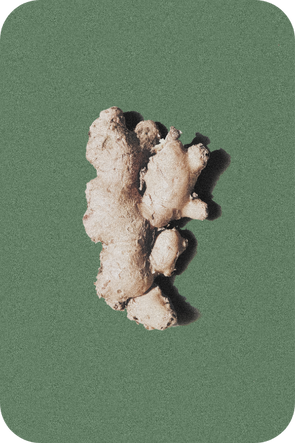Cleavers
Galium aparine

Sometimes called “stickyweed,” cleavers are well-known to hikers and gardeners for taking a ride on pant legs. Oddly enough, this tender green is an ideal springtime tonic known by herbalists for helping bodies to let go instead of clinging on! Cleavers support the systems of detoxification and overall kidney function.* Its leaves are often used fresh in herbal juices (a.k.a. a succus) or preserved in vinegar or a tincture.
Where it's from
We gather ours from an abundant and green riparian buffer in the Catskill Mountains.
What It's In






























